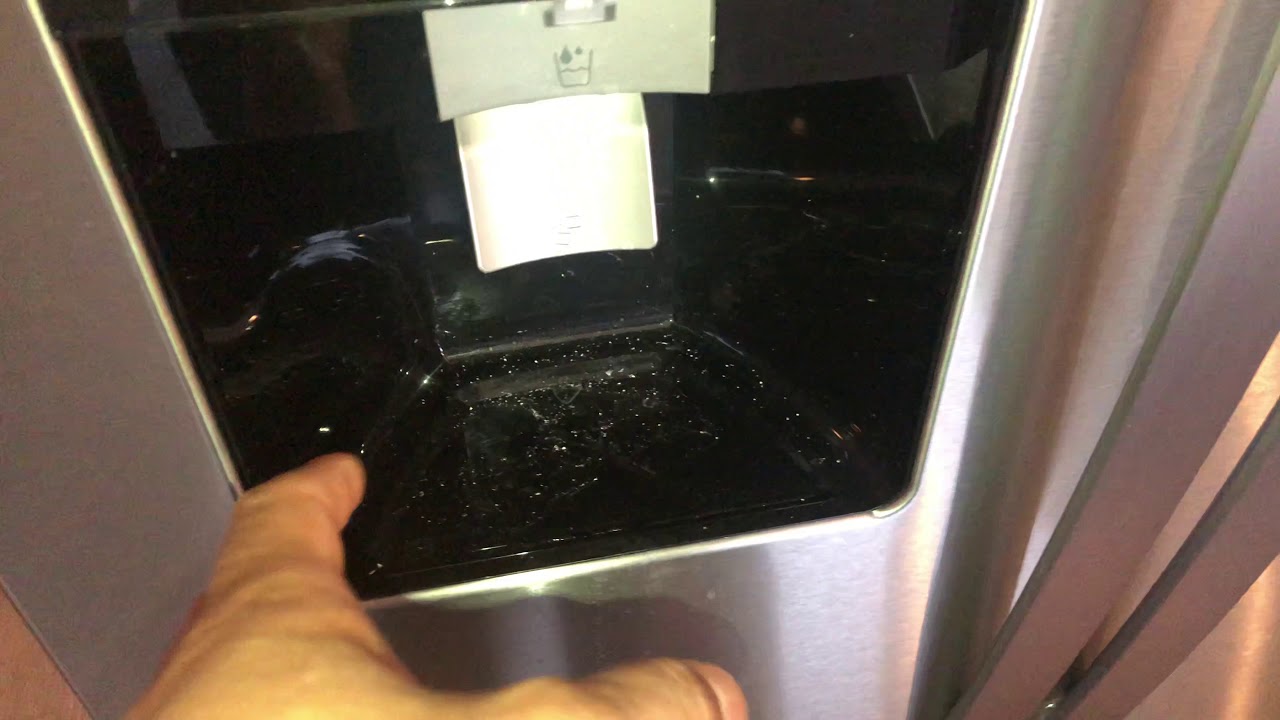

Articles
What Is The White Stuff In My Ice Maker
Modified: May 6, 2024
Discover the reasons behind the white substance in your ice maker with our informative articles. Learn how to prevent and clean this common issue.
(Many of the links in this article redirect to a specific reviewed product. Your purchase of these products through affiliate links helps to generate commission for Storables.com, at no extra cost. Learn more)
Introduction
Ice makers have become a staple in many households, providing a convenient and continuous supply of ice for drinks and various tasks. However, have you ever noticed a white substance in your ice maker or on the ice cubes themselves? This mysterious white stuff can leave you wondering what exactly it is and whether it’s safe to consume.
In this article, we will delve into the world of ice makers and explore the possible causes and solutions for the white residue issue. Understanding the source of this phenomenon can help you ensure the cleanliness and quality of your ice, giving you peace of mind as you enjoy your refreshing beverages.
Key Takeaways:
- Say goodbye to the mystery of white residue in your ice maker! Regular cleaning, descaling, and monitoring water quality can ensure crystal-clear, safe ice cubes for your drinks.
- Understanding common issues with ice makers and implementing preventive measures will keep your ice maker residue-free and your beverages refreshingly enjoyable.
Read more: Why Is There Black Stuff In My Ice Maker
Understanding the Ice Maker
Before we delve into the issue of the white substance in ice makers, it’s important to understand how these machines work. Most modern refrigerators are equipped with built-in ice makers that function by freezing water in a tray or mold and then releasing the ice cubes into a collection bin when they are fully formed.
Ice makers are typically connected to a water supply line, which delivers water to the ice tray. Once the ice is formed, a heating element or mechanism is activated to loosen the ice cubes, allowing them to fall into the bin below. This process is repeated as long as the ice maker is operational, providing a steady supply of ice cubes.
While the ice maker seems like a simple and straightforward device, there are several factors that can affect its performance and the quality of the ice it produces. Understanding these factors can help us in identifying and troubleshooting the issue of the white residue.
Common Issues with Ice Makers
Ice makers are prone to a few common issues that can affect their performance and the quality of the ice they produce. Some of these issues include:
- Poor Water Quality: The quality of the water that enters the ice maker can have a significant impact on the clarity and taste of the ice cubes. If the water contains impurities or excessive minerals, it can result in cloudy or off-tasting ice.
- Inadequate Cleaning: Over time, the ice maker can accumulate mineral deposits, mold, and other bacteria, leading to a buildup of residue. This residue can find its way into the ice cubes and manifest as the white substance you might observe.
- Improper Sealing: If the ice maker is not properly sealed, it can result in air leakage, causing the ice cubes to become exposed to contaminants. This can contribute to the formation of the white substance.
- Mechanical Malfunctions: Like any other mechanical device, ice makers can experience malfunctions that affect their performance. Issues such as a faulty thermostat or a malfunctioning heating element can disrupt the ice-making process and result in the formation of white residue.
It’s essential to be aware of these common issues as they can help us identify the potential causes of the white substance in your ice maker. By understanding these problems, we can explore the appropriate solutions to remedy the situation and ensure the production of clean and clear ice cubes.
Identifying the White Substance
When you notice a white substance in your ice maker, it’s important to properly identify it to determine the underlying cause. The appearance and texture of the substance can provide valuable clues about its nature. Some possible characteristics of the white residue include:
- Powdery Texture: The white substance may have a powdery texture, resembling a fine powder or granules. This texture is often associated with mineral deposits or scale buildup.
- Cloudy Appearance: If the white substance appears cloudy or opaque, it could be an indication of impurities in the water or bacterial growth.
- Visible Clumps: In some cases, the white residue may form clumps or clusters, indicating a more substantial buildup that may require more thorough cleaning.
It’s important to note that the white substance could be a combination of different factors, such as mineral deposits, mold, or other contaminants. Identifying the type of residue is crucial in determining the appropriate course of action to clean and maintain your ice maker.
If you’re unsure about the nature of the white substance or if you suspect it may be harmful, it’s recommended to consult the manufacturer’s guidelines or contact a professional technician who can help diagnose the issue and provide guidance on the best steps to take.
Regularly cleaning and sanitizing your ice maker can help prevent the buildup of white residue. Use a mixture of water and vinegar to clean the inside of the ice maker and regularly change the water filter to ensure clean ice production.
Possible Causes of the White Stuff
There can be several potential causes for the white substance in your ice maker. Understanding these causes can help you address the issue effectively. Here are some common culprits:
- Mineral Deposits: One of the primary causes of the white stuff is the accumulation of mineral deposits, such as calcium and magnesium, which are commonly found in water. These minerals can precipitate and cling to the surfaces inside the ice maker, resulting in the formation of a white residue.
- Mold or Mildew: Moist and dark environments provide the perfect conditions for mold and mildew growth. If your ice maker is not properly cleaned or maintained, these microorganisms can thrive and produce the white substance.
- Hard Water: Hard water, which contains a high concentration of minerals, can contribute to the formation of the white residue. As the water freezes and the impurities become concentrated, they can appear as white flakes or particles in the ice maker.
- Plumbing Issues: If your home’s plumbing system has issues like corrosion, leaks, or faulty connections, it can introduce contaminants into the water supply. These contaminants can find their way into the ice maker and contribute to the white substance.
- Improper Cleaning: Neglecting to clean the ice maker regularly can lead to the accumulation of debris, bacteria, and mineral deposits. This buildup can result in the formation of the white stuff on the ice cubes.
It’s important to note that the actual cause may vary depending on several factors, including water quality, maintenance practices, and the specific design of your ice maker. Identifying the underlying cause will guide you in implementing the appropriate solutions to address the issue and prevent future occurrences.
Read more: What Is The White Fluffy Stuff In My Attic
Solutions to the White Residue Issue
Dealing with the white residue in your ice maker requires a combination of cleaning, maintenance, and potentially some changes to your water source. Here are some effective solutions to help eliminate the white substance:
- Regular Cleaning: Proper and regular cleaning is crucial in preventing the buildup of mineral deposits and other contaminants. Follow the manufacturer’s instructions for cleaning your specific ice maker model. This typically involves removing and cleaning the ice tray, bin, and any other removable components with a mild detergent or ice maker cleaner.
- Descale the Ice Maker: If mineral deposits are the main culprit, descaling the ice maker can help dissolve and remove the buildup. You can use a commercial descaling solution or create a homemade mixture of equal parts water and vinegar. Run a cleaning cycle with the solution, followed by several cycles of plain water to rinse thoroughly.
- Check and Replace Filters: If your ice maker has a water filter, check its condition and replace it if necessary. The filter helps remove impurities and sediment from the water, contributing to cleaner ice cubes.
- Monitor Water Quality: If you have hard water or suspects water quality issues, consider installing a water softener or a whole-house water filtration system to minimize mineral content. This can reduce the formation of white residue and improve the overall quality of your ice.
- Inspect the Plumbing: Regularly inspect your plumbing system for leaks, corrosion, or other issues that may introduce contaminants into the water supply. Address any plumbing concerns promptly to maintain cleaner water.
By implementing these solutions and maintaining a clean ice maker, you can minimize the occurrence of the white substance and ensure the production of clear and safe ice cubes for your consumption.
Preventive Measures for Cleaner Ice
Prevention is key when it comes to maintaining a clean and residue-free ice maker. Here are some preventive measures you can take to ensure cleaner ice:
- Regular Cleaning Schedule: Establish a regular cleaning schedule for your ice maker. This will help prevent the buildup of mineral deposits, mold, and bacteria. Follow the manufacturer’s guidelines for cleaning frequency and methods.
- Use Filtered Water: If your water source has impurities or you’re unsure about its quality, use filtered water to fill the ice maker. This can help minimize the introduction of contaminants into the ice-making process.
- Replace Water Filter Regularly: If your ice maker has a water filter, make sure to replace it according to the manufacturer’s recommendations. A clean and functional filter will contribute to cleaner ice cubes.
- Monitor Water Hardness: If you have hard water, consider installing a water softener or using a water conditioner to reduce mineral content. This can prevent the formation of mineral deposits and white residue in your ice maker.
- Keep the Ice Maker Sealed: Ensure that the ice maker is tightly sealed to prevent air leakage. This will minimize the chances of contaminants entering the ice-making process.
- Inspect and Maintain Plumbing: Regularly inspect your plumbing system for any issues that may affect water quality. Repair any leaks or faulty connections promptly to avoid introducing impurities into the ice maker.
- Monitor Temperature Settings: Set your ice maker to the recommended temperature range to ensure optimal ice production. Extreme temperatures can affect the quality of the ice and contribute to the formation of residue.
By following these preventive measures, you can maintain a cleaner ice maker and enjoy ice cubes that are free from any white residue or impurities. Consistency and routine maintenance are key to ensuring the longevity and performance of your ice maker.
Conclusion
The white substance in your ice maker can be a perplexing issue, but with a better understanding of the potential causes and effective solutions, you can ensure cleaner and safer ice cubes for your drinks and daily tasks.
By identifying the white residue and exploring the common issues with ice makers, such as poor water quality, inadequate cleaning, improper sealing, and mechanical malfunctions, you can pinpoint the root cause and take appropriate actions to resolve the problem.
Solutions to the white residue issue include regular cleaning, descaling the ice maker, checking and replacing filters, monitoring water quality, and inspecting the plumbing system for any potential contaminants. Implementing these solutions and maintaining a clean ice maker will help minimize the occurrence of the white substance and improve the quality of the ice cubes you produce.
Additionally, taking preventive measures such as establishing a regular cleaning schedule, using filtered water, monitoring water hardness, keeping the ice maker sealed, and maintaining plumbing can further contribute to cleaner ice and a well-functioning ice maker.
Remember, cleanliness and maintenance are crucial in ensuring the long-term performance and reliability of your ice maker. Regular care and attention will not only eliminate the white residue issue but also ensure that you have access to clean, clear, and refreshing ice cubes whenever you need them.
Now that you are armed with the knowledge and solutions, put them into practice and enjoy the peace of mind that comes with knowing that your ice maker is producing high-quality ice for your enjoyment.
Now that you've learned about the mysterious white residue in your ice maker, you might be wondering how to tackle those stubborn calcium deposits specifically. Dealing with these can be tricky, but don't worry—we've got a detailed guide ready to help you out. Ensuring your ice is crystal clear and your machine runs smoothly doesn't have to be a headache. So if you're ready to say farewell to calcium buildup, make sure you check out our next article on effective cleaning techniques.
Frequently Asked Questions about What Is The White Stuff In My Ice Maker
Was this page helpful?
At Storables.com, we guarantee accurate and reliable information. Our content, validated by Expert Board Contributors, is crafted following stringent Editorial Policies. We're committed to providing you with well-researched, expert-backed insights for all your informational needs.
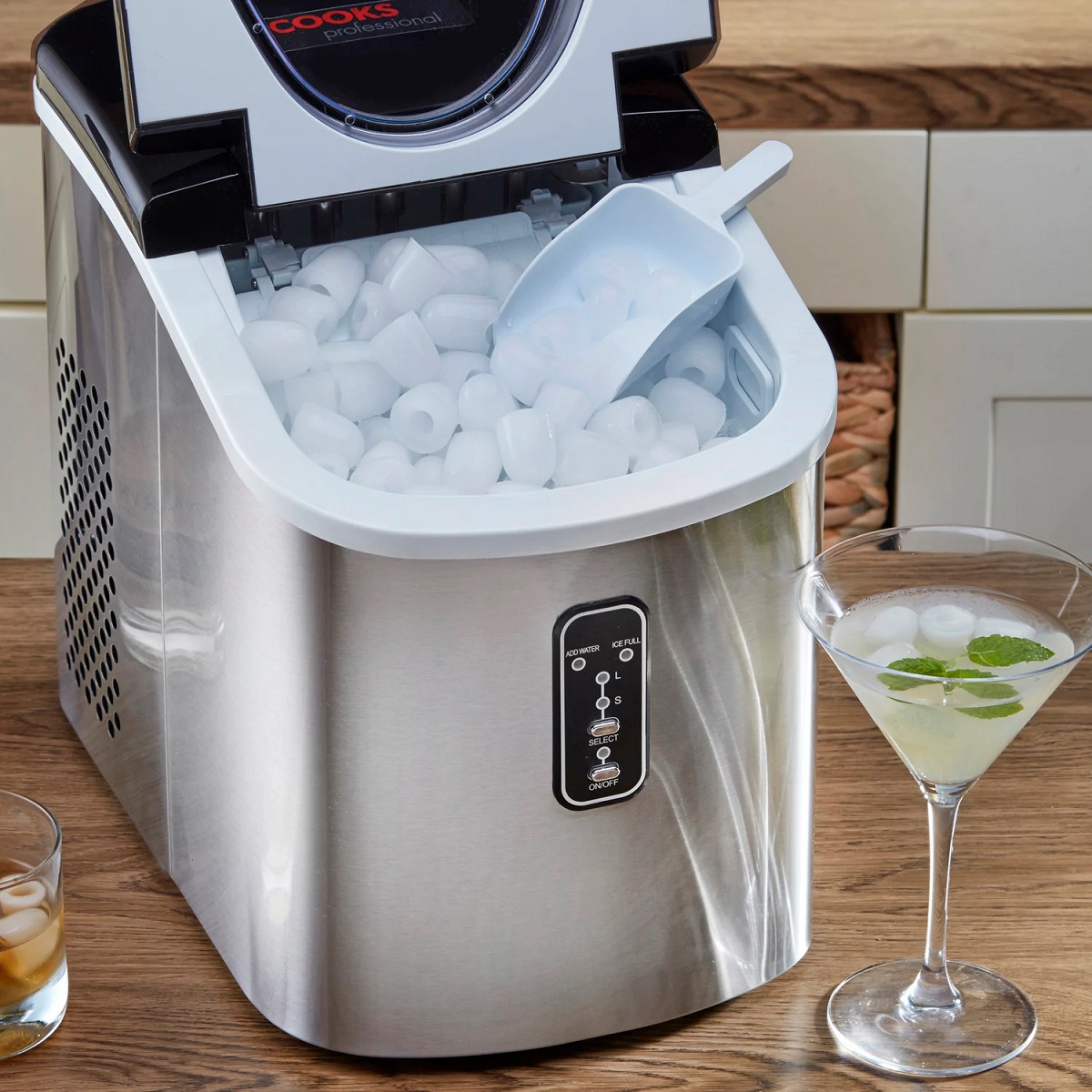
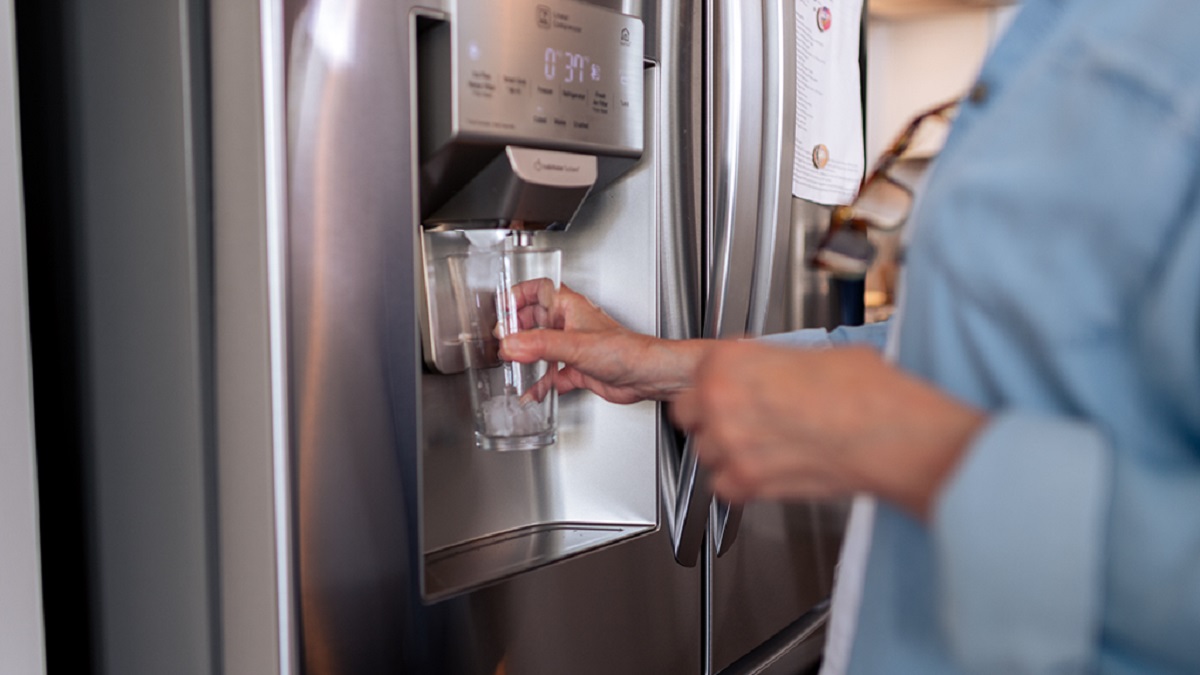
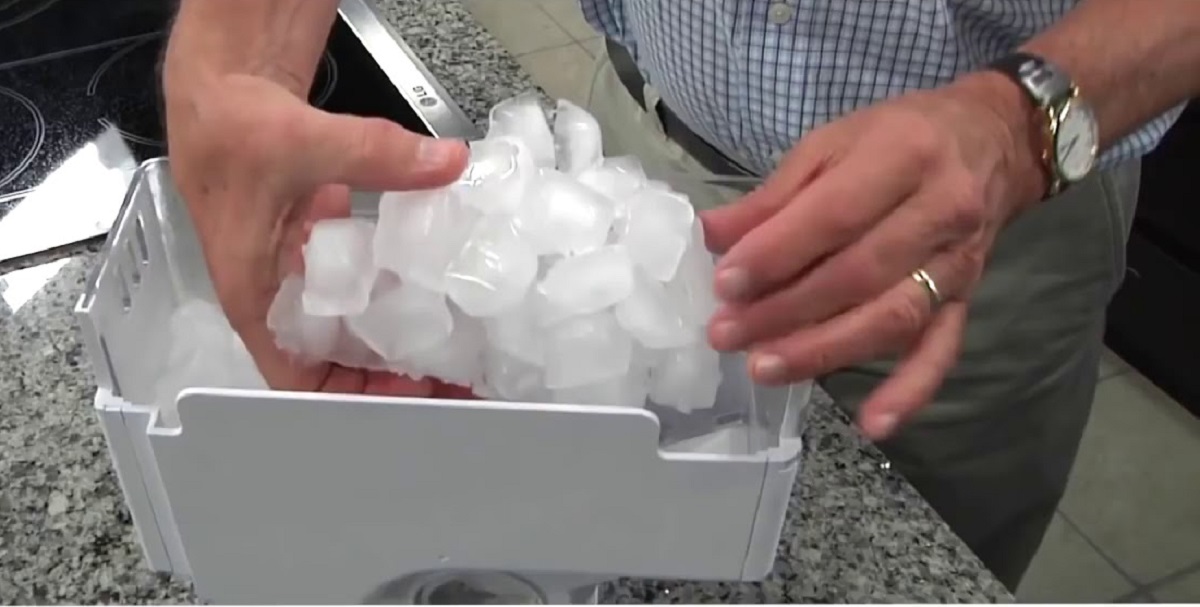
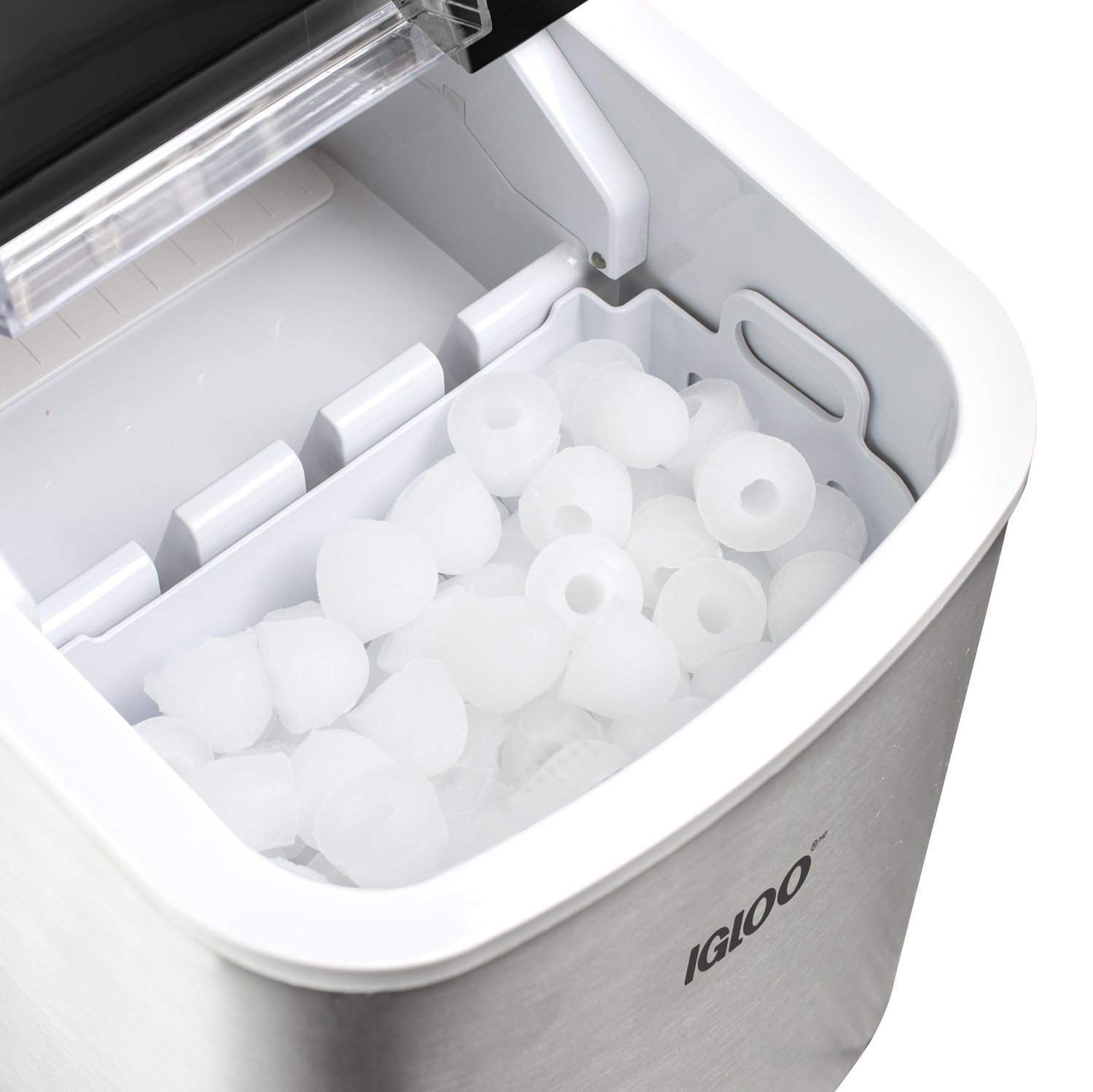
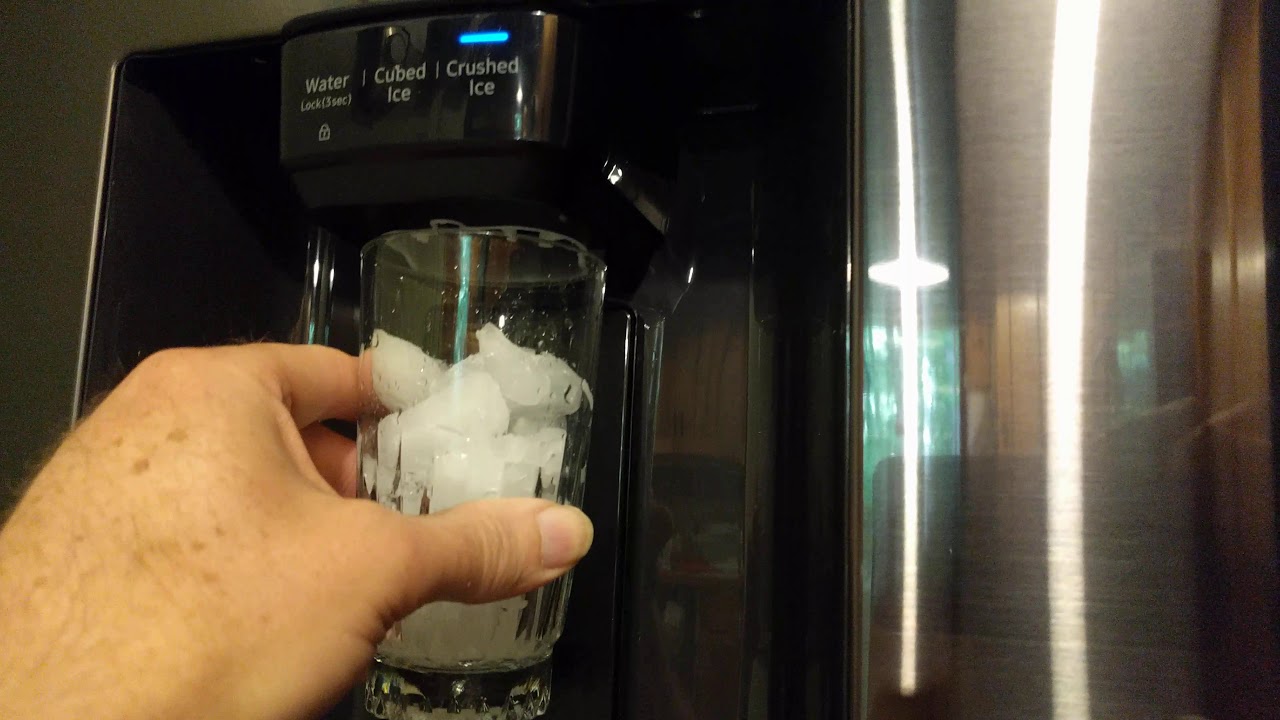
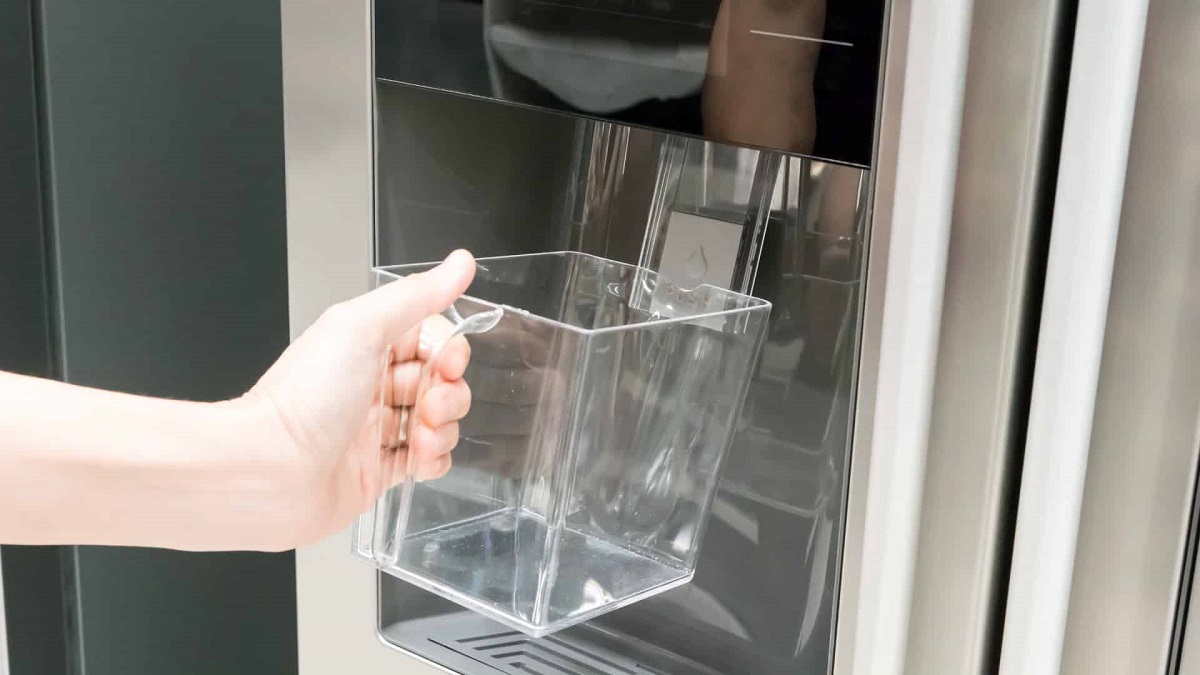
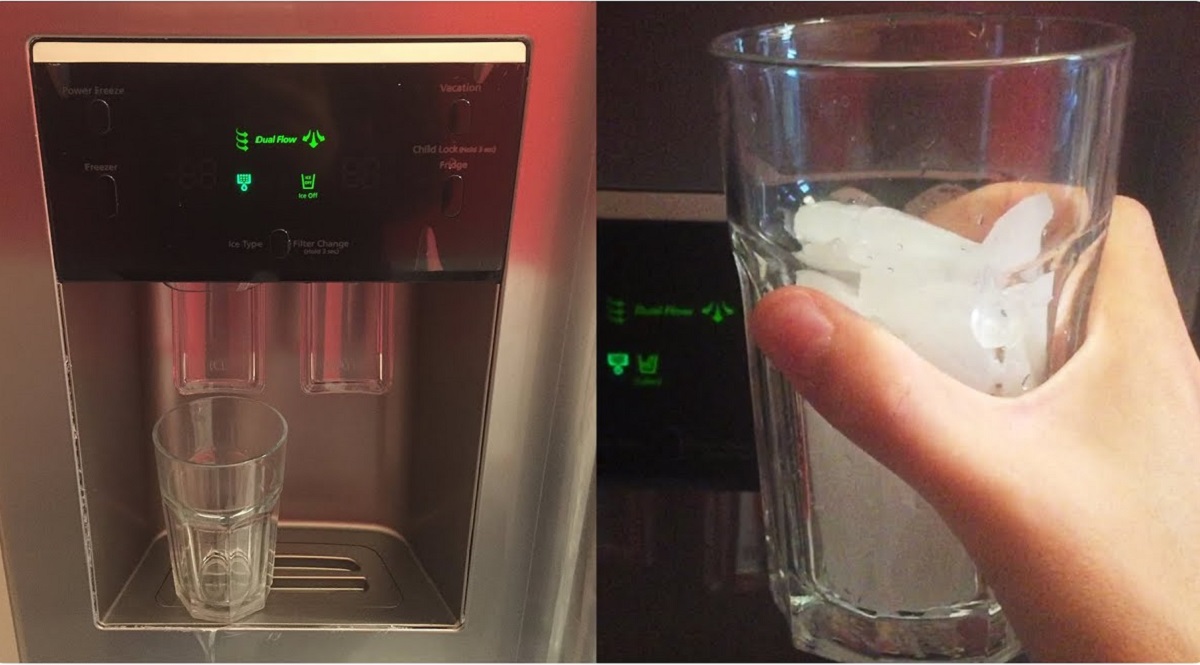
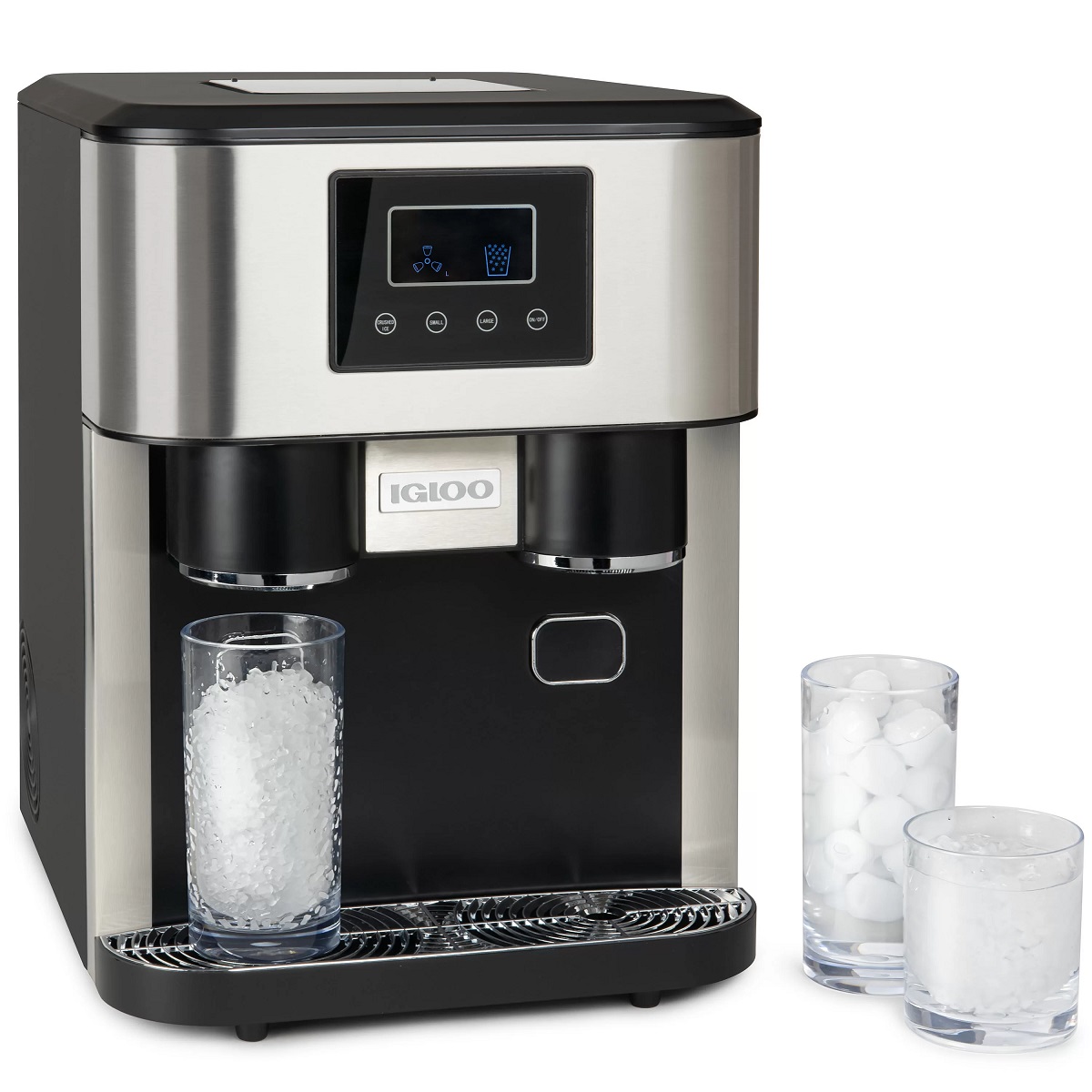
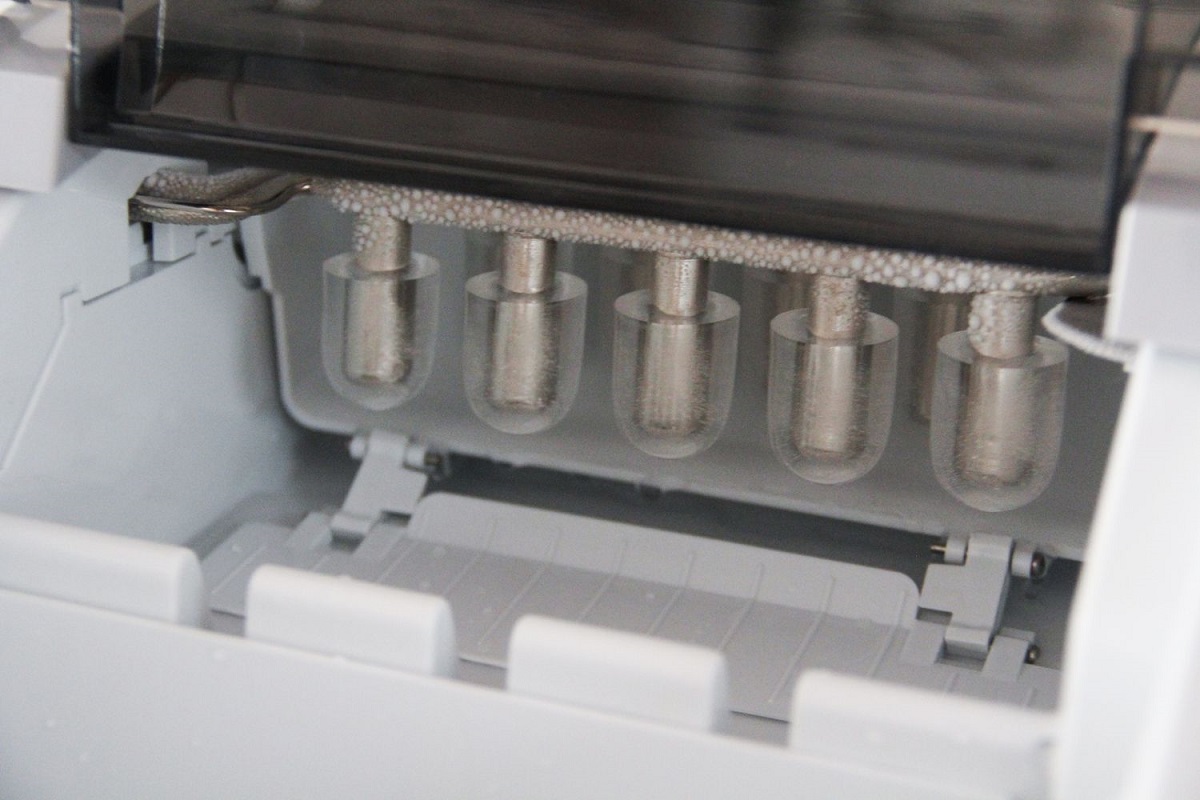
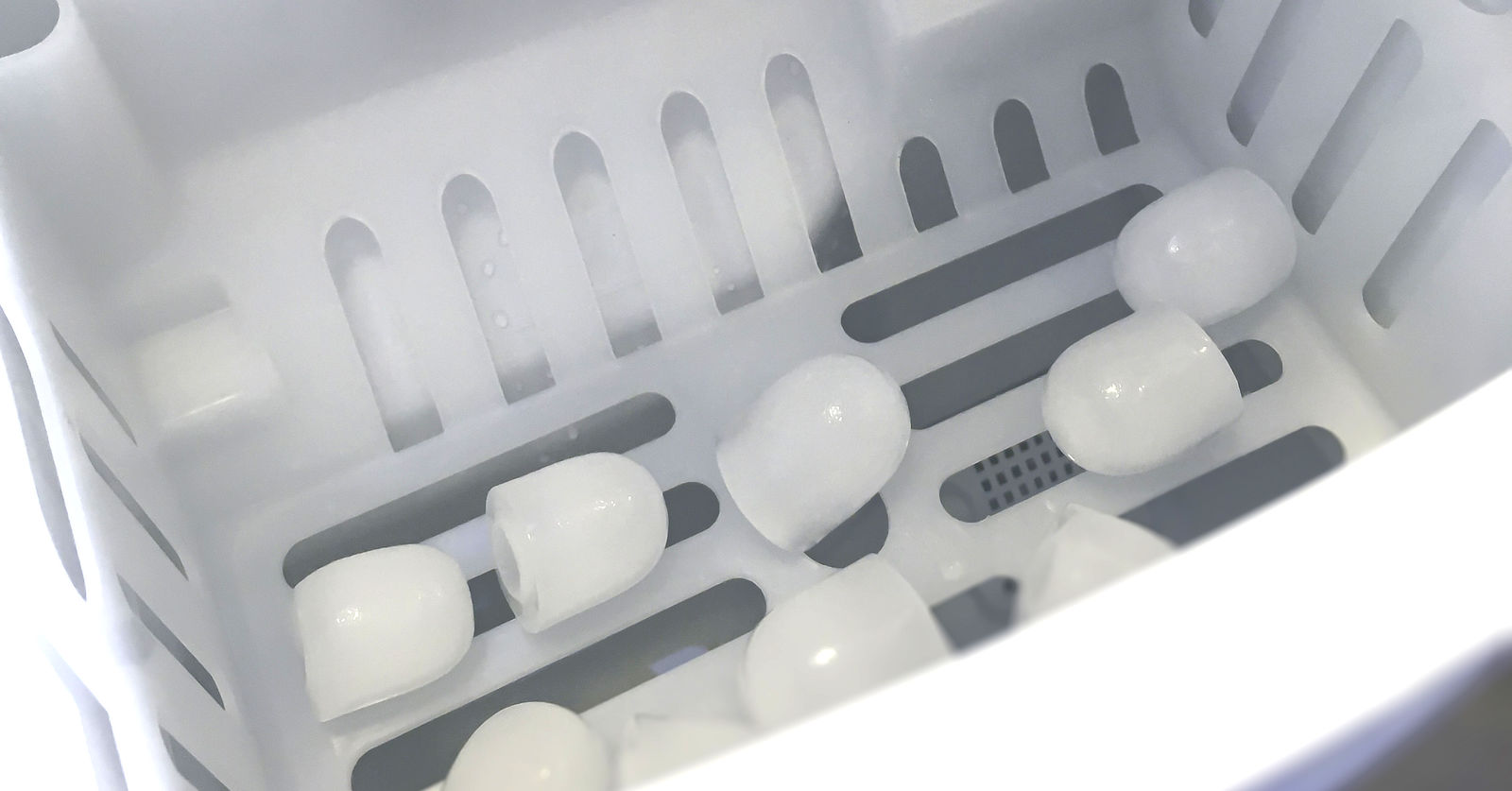
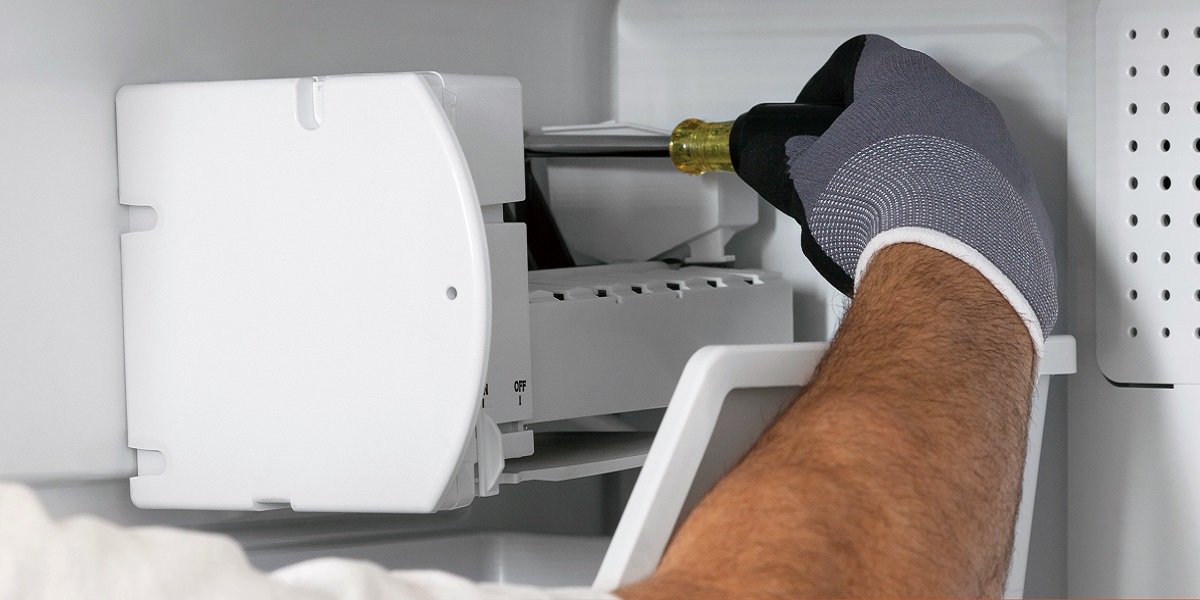
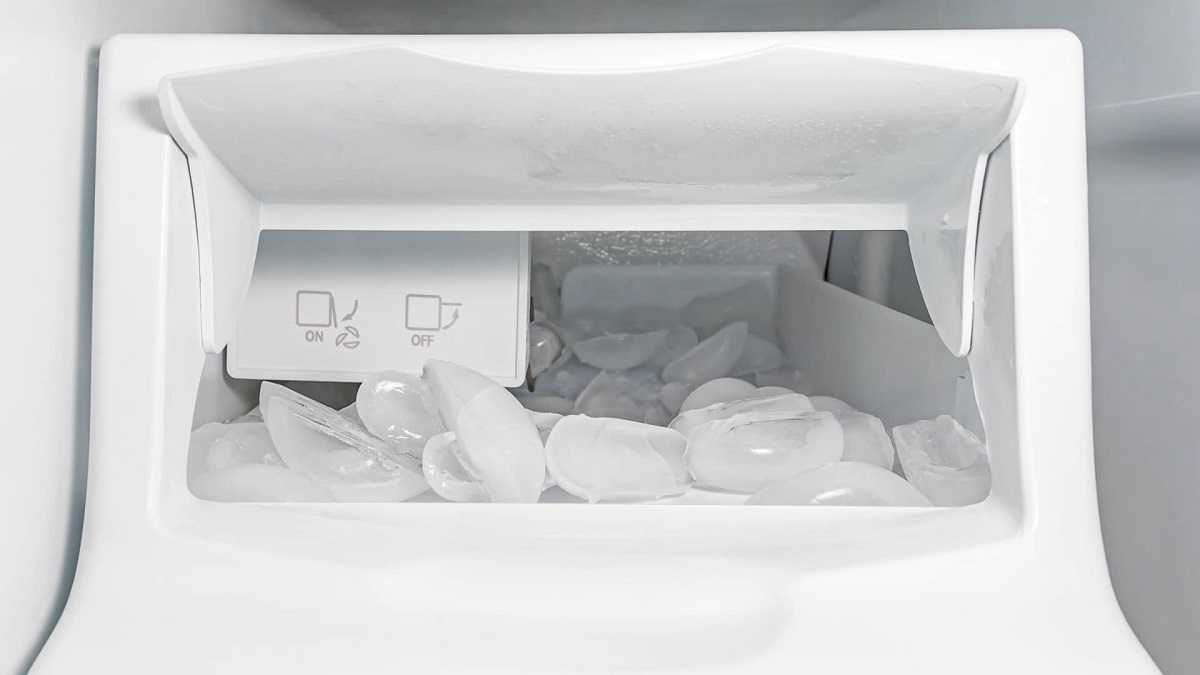
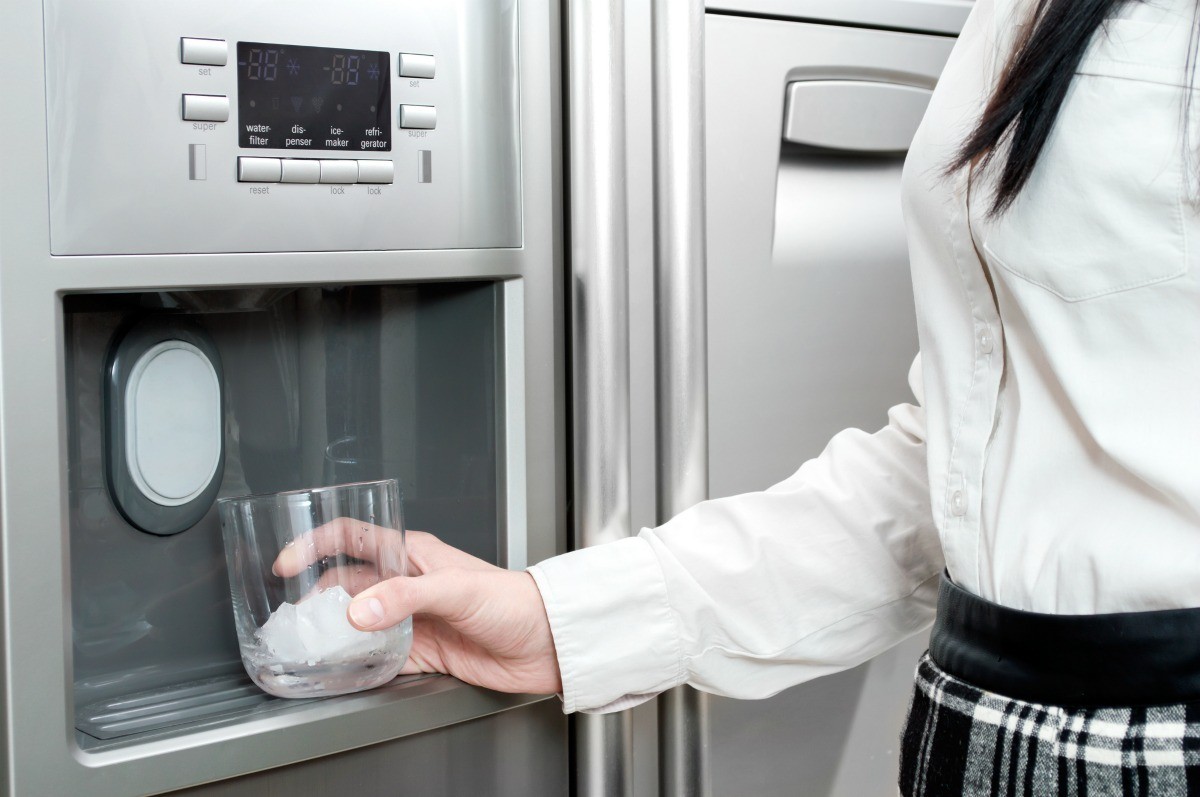
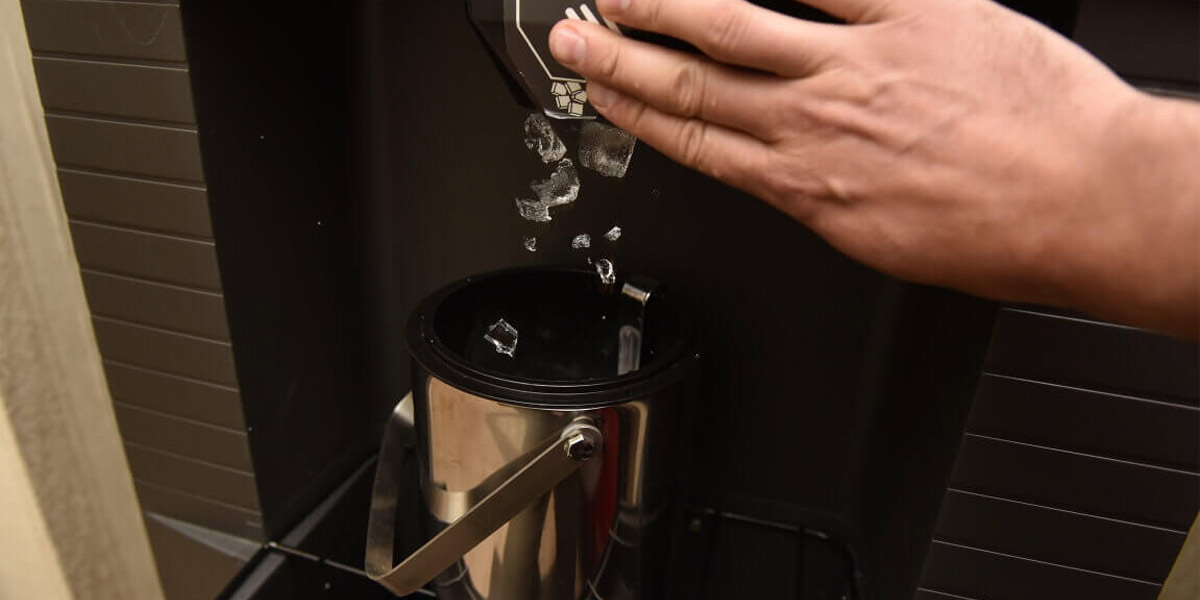

0 thoughts on “What Is The White Stuff In My Ice Maker”